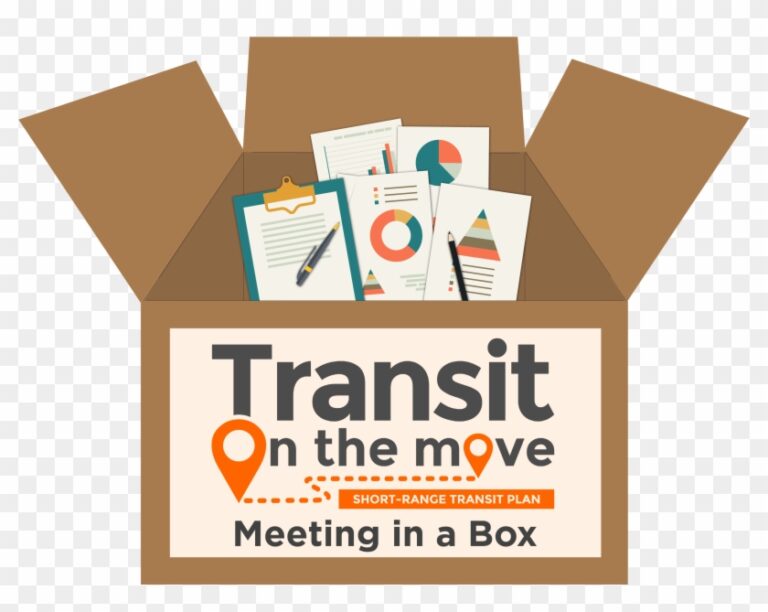Here’s an embarrassing, uncomfortable topic: Data shows that more than 90 percent of organizations fail to implement their strategic plans.
In fact, some plans simply disappear – they’re nowhere to be found – after expensive, time-intense strategic planning retreats!
Why does this happen? Here are a few common reasons.
- Token strategic plan, usually coupled with a tactic-oriented leadership culture. Perhaps the CEO and leadership team only wanted a shelf ornament – a token strategic plan to be able to say “yes, we have a strategic plan.”
- Leadership change. There could be a change of executive leadership, bringing a new era of strategy, or perhaps resistance to any prior plan.
- No organizational alignment. That is the strategic plan was not further translated from the enterprise level to the boots-on-the ground operational level – aligning goals, action plans and implementation resources for departments, work groups, and individual employees.
No matter the reason, here are practical steps for jumpstarting (or resurrecting) your strategic plan, assuming you have the authority to implement a reactivation plan.
- Gather your senior leadership team. Candidly acknowledge your organization’s strategic plan “disappearance” from recent companywide conversations.
- Communicate your personal commitment to your organization’s strategic plan, and the leadership’s intent to jumpstart its implementation. Emphasize that it’s never too late to freshen up the existing plan – even though it might be a bit dusty after sitting on the shelf for a few months. (However, depending on the business environment, if it’s been more than 18 months, it may be time for a new plan!)
- Revisit external trends. Affirm the external and internal environment and update the trends and implications as needed with a nimble, fast-paced approach. For example, convene a focus group or working team. Note environmental changes. Update strategic plan strategies and goals as needed.
- Revisit your organization’s strategic goals at the enterprise level. Affirm or edit the goals as needed.
- Ensure your enterprise has broken each strategic goal into one or more Year One operational goals. Your annual operating plan gives each unit the “marching orders” for developing very specific unit and individual goals plus action plans. To re-state, each enterprise-level, strategic goal should have one or several operational support goals for this fiscal year.
- Develop a companywide presentation to educate your leaders and employees. Teach your employees how to align operational goals with the organization’s strategic goals.
- Create a goal tracking system and dashboard to track systemwide progress. (There are cost-effective and well-respected online goal tracking systems, such as ClearPoint Strategy, that provide enterprise-level solutions for tracking goals from enterprise to individual level.)
- Empower your mid-level management to engage all employees with the process of developing one-year operational goals that achieve your organization’s enterprise goals. This will require group meetings and one-on-one discussions. Make sure each department manager knows how their unit maps into very specific enterprise-level goals.
- Train and require managers to coach employees to take part in creating their own individual goals for the fiscal year. Use the tracking system so that employees can enter their accomplishments and assist in monitoring their own progress.
- Train your organization’s leaders to input and assess strategic and operational goal progress, from working groups to the enterprise-level. This keeps operational and strategic goal accomplishment in the spotlight.
- Celebrate successes. Adjust the plan as needed. Ensure your strategic and operational plans are agile according to market dynamics.
If your organization’s strategic plan is MIA, you can play an important leadership role in its revival if you have the authority and a supportive leadership culture.




